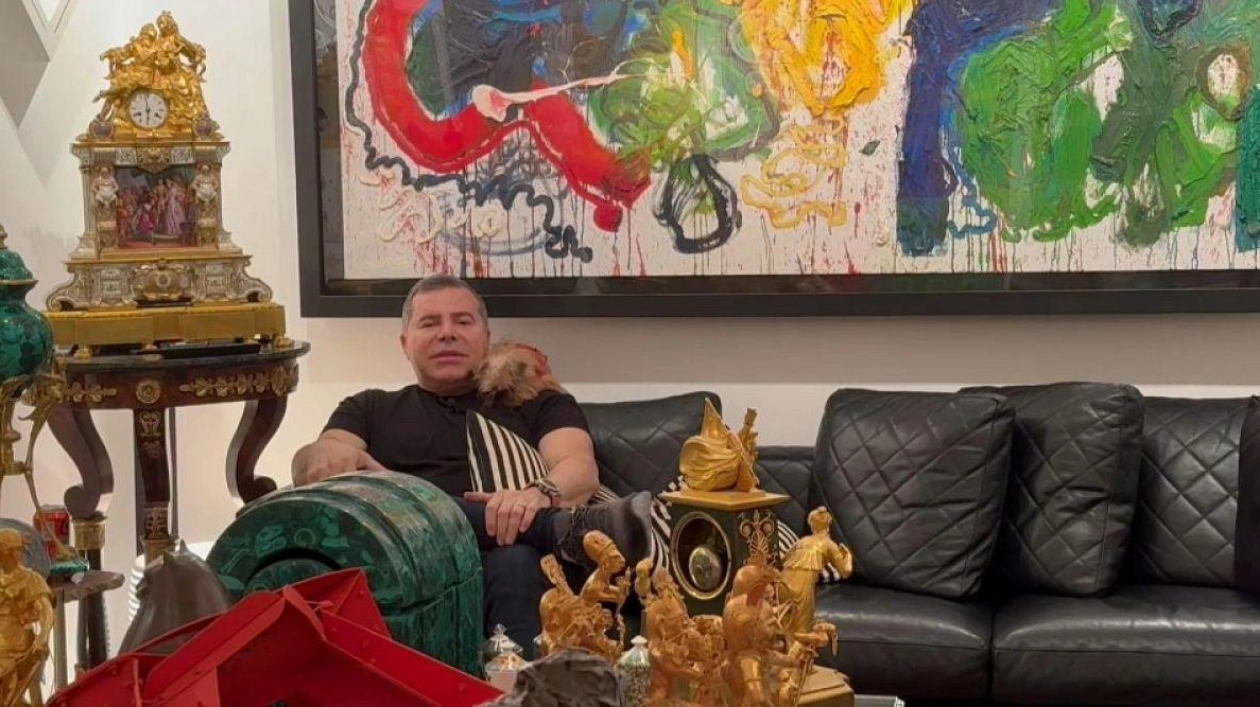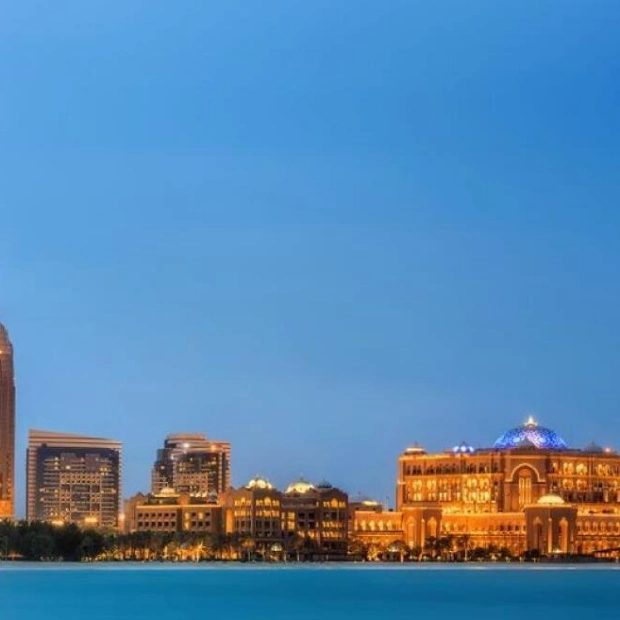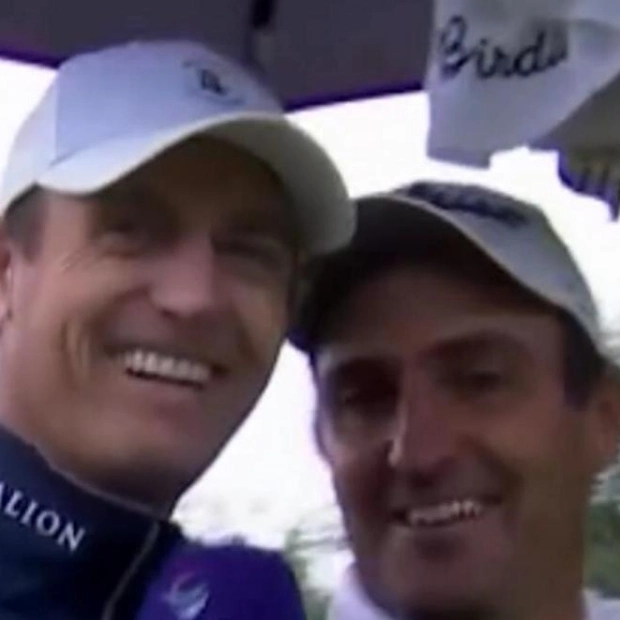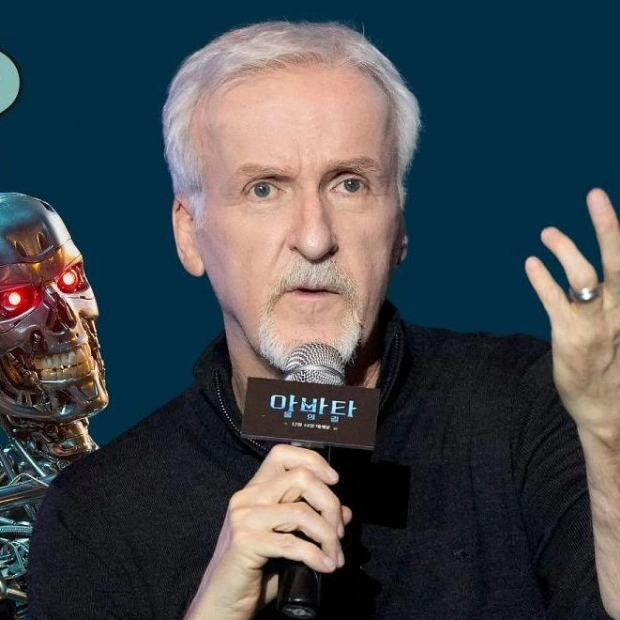Artificial intelligence (AI) appears to be on the brink of transforming the world. Today, it is employed across various industries, and its integration is on the rise. It is embedded in our smartphones and accessible to everyone. The realm of art has not been immune to the advent of this new technology, which has sparked significant debate within the artistic community.
The creation of artistic pieces is inherently genuine, tied to the personality of each creator, their circumstances, and their personal history and influences. This makes it seem improbable that artificial intelligence could produce valuable paintings or even feature films. However, artists like Pedro Sandoval, a trailblazer in the use of this tool, advocate for its potential.
Sandoval is one of the most renowned artists globally. His works have been showcased on nearly every continent, and he has received some of the most prestigious awards. A part of his success lies in his relentless pursuit of innovation, something he learned from Andy Warhol, whom he knew personally.
In one of his studios in Madrid, brimming with colorful and valuable artworks, he discusses his upcoming exhibition at the Museum of Modern Art in New York (MoMA) amidst a flurry of calls. "For me, artificial intelligence is merely another tool for creation. I use it like a paintbrush; it will not replace us, and I never feel it can," Sandoval responds to the objections of some artists against AI. He believes that this technology can be utilized by anyone, but it requires skill to master and, most importantly, "the commands each person gives it to execute a piece are unique and make a difference."
"It's not just about using it; it's about refining it, transforming it into a work of art," he explains, surrounded by large paintings he has created using this technique. "Images crafted by an artist, even if made with artificial intelligence, belong to the artist and are protected by copyright."
Behind him is a massive painting he created as a child, depicting the human body. At the age of 6, he won the Young Master of the World prize in Japan, where he traveled from his native Venezuela. At 13, with a scholarship from the Guggenheim Foundation, he moved to New York to study art at the Parsons School of Design.
In New York, he met Andy Warhol, Keith Haring, Jean-Michel Basquiat, and Willem de Kooning. "I was studying at school and spending time with them. Andy Warhol used to call me 'baby face' because I had a youthful appearance. His life is dedicated to art, and that makes, he explains, that the use he—like any other artist—makes of artificial intelligence is distinct from someone without that background."
The human being is the one who instructs the artificial intelligence, which possesses a set of data and executes what you request, for instance, you tell it: 'I want a blend of the Mona Lisa with Michelangelo's David,' it generates it, and you refine it," he elucidates.
To create the image you request, the artificial intelligence relies on the work of Pedro Sandoval and other artists selected for the development of this technology. The AI studied their works to generate new ones based on them. "More than my works, it is based on the chromatism I use, my style, the way I draw... but not only me; they included several artists in a project done in Los Angeles with the support of Bill Gates."
He was part of that project following his participation in the 2019 World Economic Forum. "I met Bill Gates, Elon Musk, and Zuckerberg. Several of us artists contributed images to create the world's first artificially intelligent artworks." And thus, it all began. Today, his influence is evident in the new images created through this medium.
Nonetheless, despite the future pointing towards a world with more extensive use of artificial intelligence, Sandoval emphasizes that the key to progress is not to overlook the past. "We only teach them a culture of reggaeton, and they live in a world that does not exist, focused on luxury brands. We older people should provide them with more information about what has happened and about our past."






